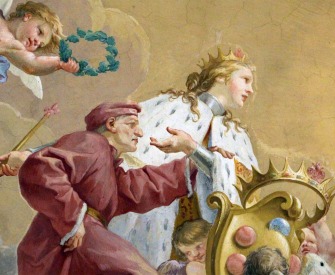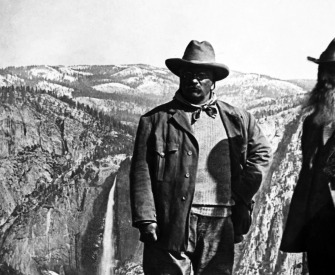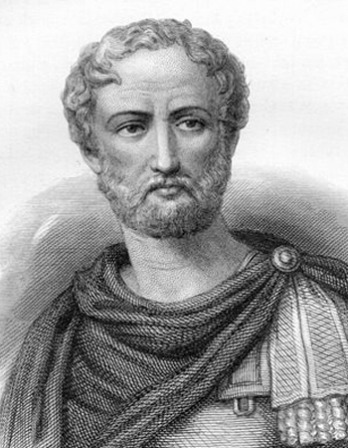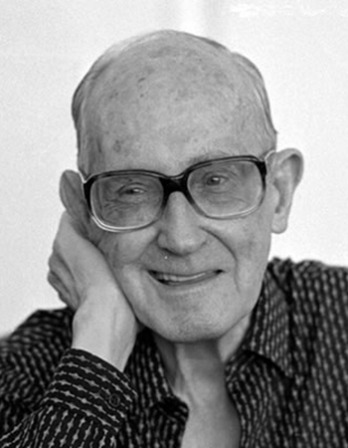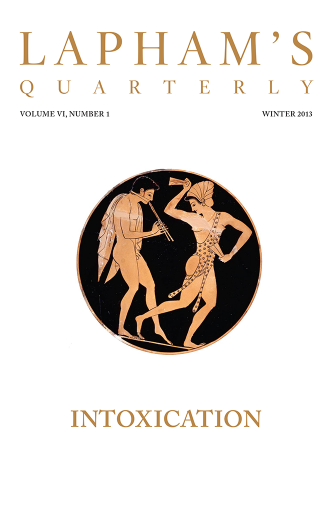Of everything we possess, there are two uses: both belong to the thing as such, but not in the same manner, for one is the proper and the other the improper or secondary use of it.
For example, a shoe is used for wear and for exchange; both are uses of the shoe. He who gives a shoe in exchange for money or food to him who wants one does indeed use the shoe as a shoe, but this is not its proper or primary purpose, for a shoe is not made to be an object of barter. The same may be said of all possessions, for the art of exchange extends to all of them, and it arises at first in a natural manner from the circumstance that some have too little, others too much. Hence, we may infer that retail trade is not a natural part of the art of moneymaking; had it been so, men would have ceased to exchange when they had enough. In the first community, which is the family, this art is obviously of no use, but only begins to be useful when the society increases. For the members of the family originally had all things in common; in a more divided state of society, they still shared in many things, but they were different things they had to give in exchange for what they wanted, a kind of barter that is still practiced among barbarous nations who exchange with one another the necessaries of life and nothing more—giving and receiving wine, for example, in exchange for corn and the like. This sort of barter is not part of the moneymaking art and is not contrary to nature but is needed for the satisfaction of men’s natural wants. The other or more complex form of exchange grew out of the simpler. When the inhabitants of one country became more dependent on those of another, and they imported what they needed and exported the surplus, money necessarily came into use. For the various necessaries of life are not easily carried about. Hence, men agreed to employ in their dealings with each other something that was intrinsically useful and easily applicable to the purposes of life, for example, iron, silver, and the like. The value of this was at first measured by size and weight, but in process of time, they put a stamp on it, to save the trouble of weighing and to mark the value.
When the use of coin had once been discovered, out of the barter of necessary articles arose the other art of moneymaking, namely, retail trade; this was at first probably a simple matter but became more complicated as soon as men learned by experience whence and by what exchanges the greatest profit might be made. Originating in the use of coin, the art of moneymaking is generally thought to be chiefly concerned with it, and to be the art that produces wealth and money. Indeed, wealth is assumed by many to be only a quantity of coin, because the art of moneymaking and retail trade are concerned with coin. Others maintain that coined money is a mere sham, a thing not natural but conventional only, which would have no value or use for any of the purposes of daily life if another commodity were substituted by the users. And indeed, he who is rich in coin may often be in want of necessary food. But how can that be wealth of which a man may have a great abundance and yet perish with hunger, like Midas in the fable, whose insatiable prayer turned everything that was set before him into gold?
From the Politics. In identifying the nature of value, Aristotle preferred the value inherent in the use of an item to the value that item would obtain in exchange. The Greek philosopher did not entirely condemn the pursuit of wealth—conceding that it was necessary for the maintenance of a household and the development of virtue—but decries the pursuit of wealth for its own sake, which he held would lead ultimately to an unhappy life.
Back to Issue

